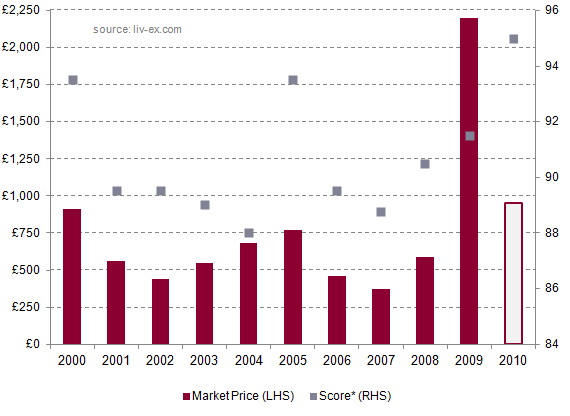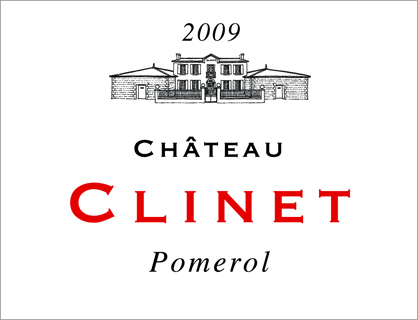Profile
Owner: Laborde family
Vineyard area: 11.27
hectares
Average annual
production: 55,000 bottles
Colour: Red
Vineyards are planted with
85% Merlot, 12% Cabernet Sauvignon and 3% Cabernet Franc.
Other wines: Fleur de Clinet
LWIN: 1008225
The fortunes of Château Clinet have been mixed. In the 19th
century the estate flourished under the ownership of the Arnaud family (who
also owned Petrus), but its prosperity waned after being sold in the 1860s to
the Constant family, and then soon sold again. Failing to find a long-term
proprietor, the estate passed through a succession of owners and the wines
declined in quality.
In the 1900s the estate was bought by the Audy family, who
were to hold onto the chateau for the next 91 years. Nevertheless its fate
didn’t begin to turn until the 1980s, when it fell under the management of Jean-Michael
Arcaute, who was then married to Clinet’s owner Anne-Marie Audy. He restructured the vineyards, planting a high
proportion of Merlot; previously, 25% of the vineyards had been Cabernet Sauvignon.
Harvesting by machine was replaced with harvesting by hand, and a second wine
(Fleur de Clinet – originally named Domaine du Casse) was introduced. Arcaute’s
influence on Clinet was clearly a success: the 1989 release was considered by
Robert Parker to be one of the best of the vintage, and remains one of Clinet’s
most accomplished wines yet.
Arcaute stayed on as administrator when
the GAN Insurance Group acquired a share of Clinet in 1991, but in 1998 the
property was purchased by Jean-Louis Laborde, whose son, Ronan, runs it today.
The vinification cellar underground was refitted and expanded in 2004,
and the cellar has thermally regulated wooden vats as well as temperature and
dampness control. Vineyard work is done using horses rather than tractors in places, to
protect the soil and the vines.
Clinet 2010
Since its outstanding 1989 vintage, Clinet has received good but not exceptional scores. Looking at scores from Jean-Marc Quarin and James
Suckling (the one in the chart below is an average of the two), the majority of
wines from 2000-2007 received less than 90 points. Yet in the last few years
Clinet’s quality appears to be rising: the 2008, 2009 and 2010 have been more
highly regarded than many of their predecessors.
The 2009 was deemed by many to be on par with the 1989, and received
a perfect score from Parker. As such it has a price up to five times that of its
earlier wines. With Parker about to release his 2010 scores, the value of
this vintage is very much in the spotlight. Both Quarin and Suckling scored the
2010 more than the 2009, and have recently upgraded their scores from the En
Primeur tastings in 2011 (Jancis Robinson MW also upgraded hers). Suckling was
particularly effusive, awarding Clinet 2010 97 points and assuring that while
the wine is ‘gorgeous’ now, in six years time its ‘great quality’ should really
be evident.
With Clinet 2010 currently at under £1,000 per 12×75 – less than
half the price of the 2009 – there would seem much to play for.

* Scores taken from www.quarin.com and www.jamessuckling.com (average shown here)






